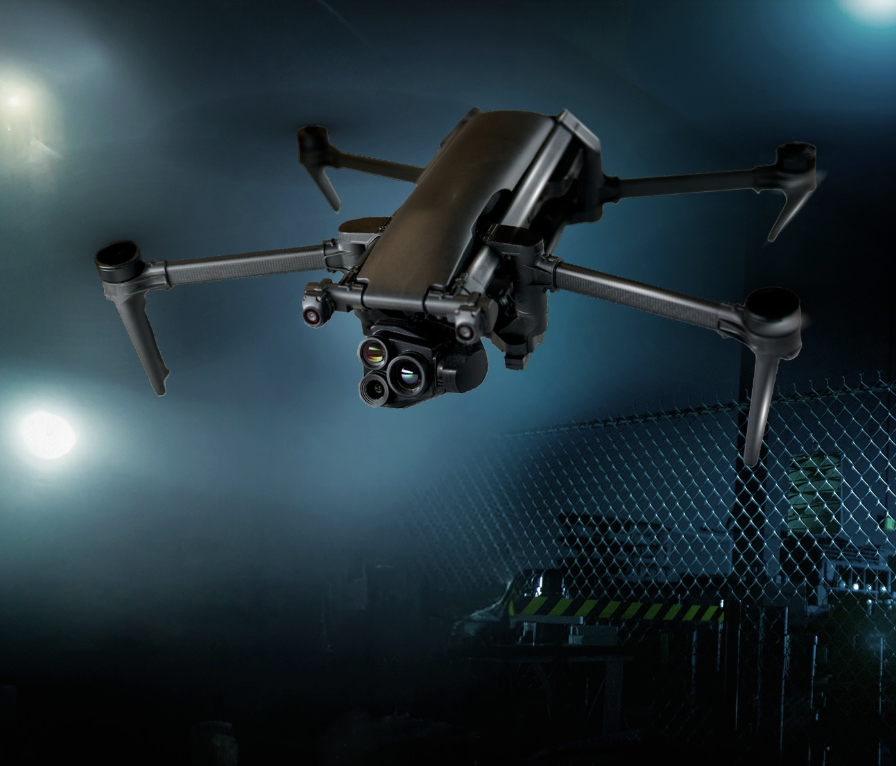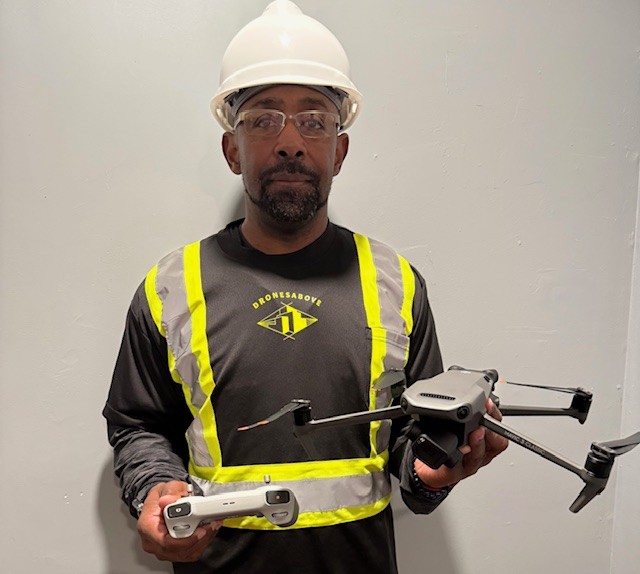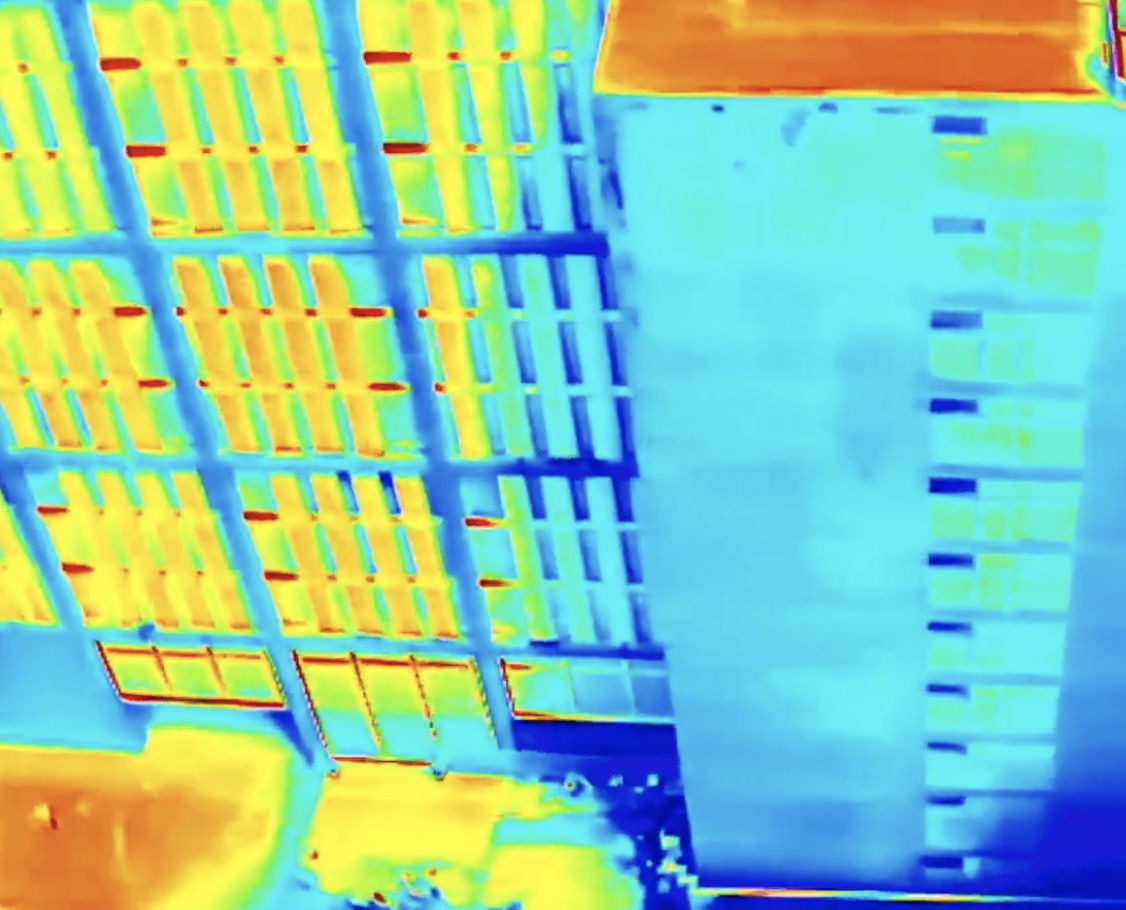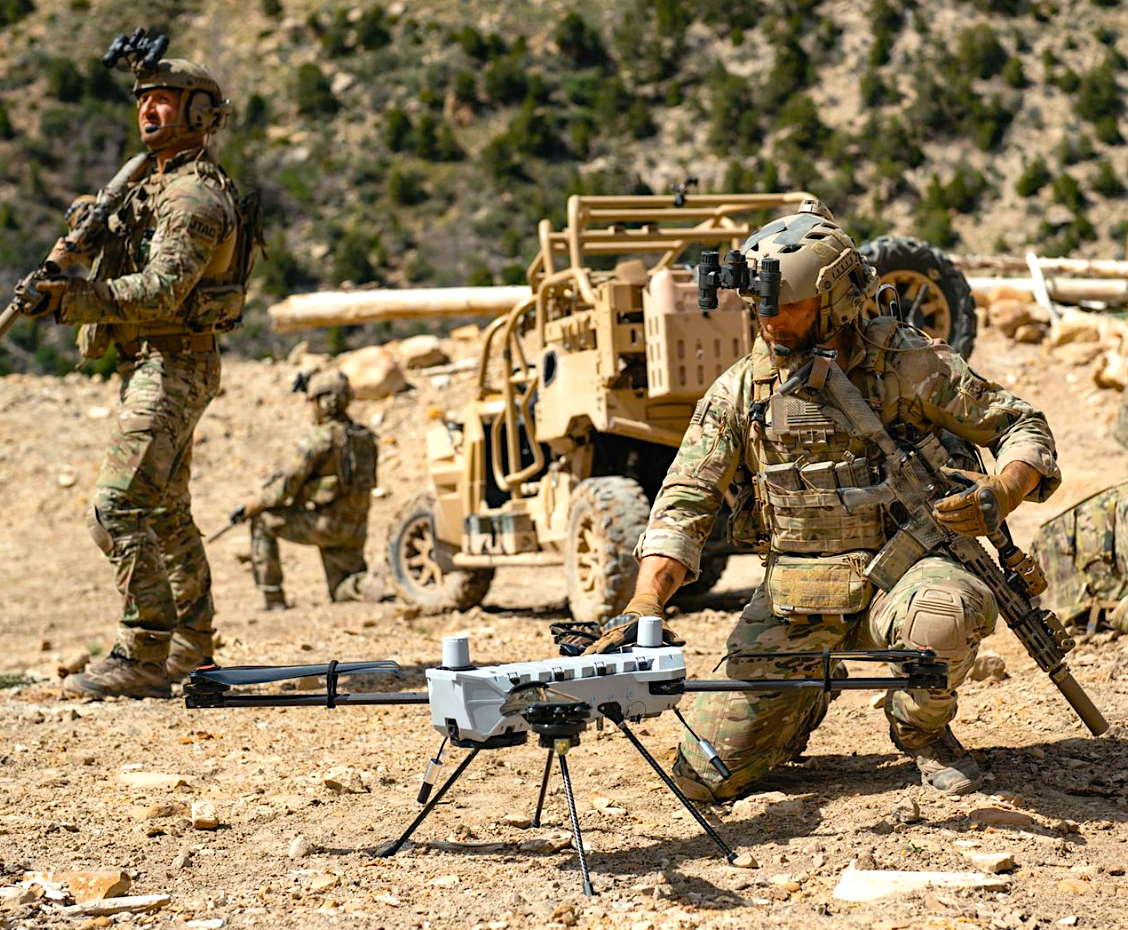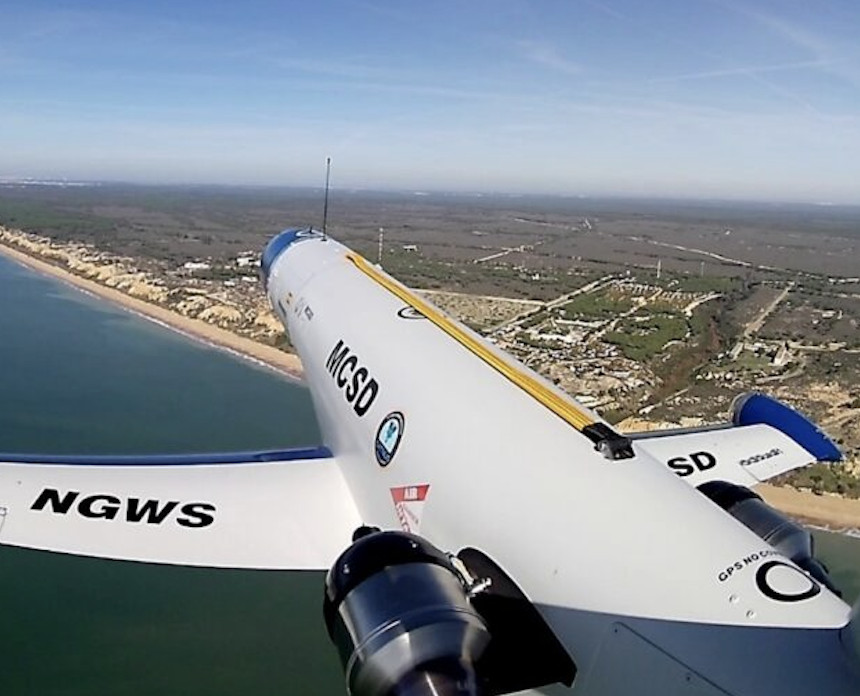Featured NewsTrending NewsFlying Above 400 Feet
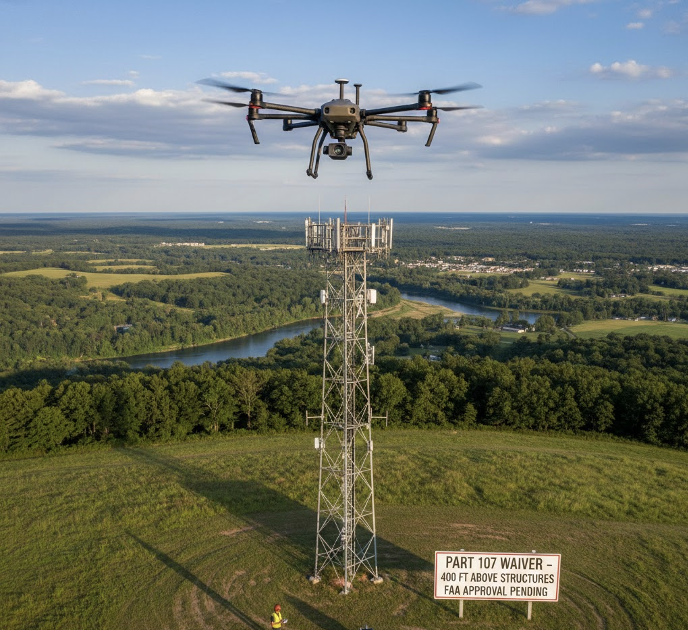
26 November 2025
By Chris "The Drone Geek" Fravel
The Federal Aviation Administration (FAA) Part 107 rules establish the framework for safe commercial drone operations in the United States. While the standard is the 400-foot altitude limit above ground level (AGL), a provisional exception significantly expands a pilot's operational ceiling – giving them the ability to fly an additional 400 feet above a large structure.
This rule is crucial for commercial pilots (and commercial pilots only). It allows a Part 107 remote pilot to fly up to 400 feet above the topmost point of a structure, provided the drone remains within a 400-foot horizontal radius of that structure. For example, if you are inspecting a 600-foot tall skyscraper, you can legally fly up to 1,000 feet AGL, as long as your drone stays within 400 feet horizontally of the building. This flexibility is indispensable for specific missions.
Unpacking the Rule: Key Elements
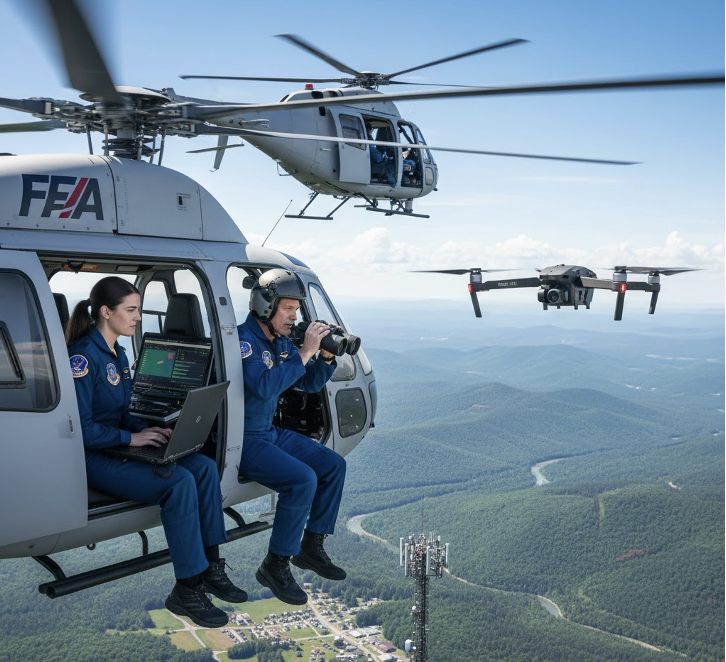
Understanding the precise legal language of this exception is mandatory for compliance:
- "Above the topmost point of a structure": The 400-foot allowance is measured from the highest point of the structure, not the ground. A 300-foot tower allows a maximum altitude of 700 feet AGL (300 feet structure height + 400 feet allowance).
- "Within a 400-foot horizontal radius of that structure": This defines the lateral boundary. Your drone must operate within a 400-foot cylindrical "bubble" around the structure. Exiting this radius requires immediate descent to below 400 feet AGL.
- "Large structure": While Part 107 does not provide a specific minimum height, the intent is for structures that genuinely require a higher altitude for effective inspection or photography. Acceptable examples include cellular towers, wind turbines, bridges, and high-rise buildings; a typical single-family home would not qualify. The structure must be of a height where exceeding 400 feet AGL is necessary for the operation.
Scenarios Where This Rule Shines
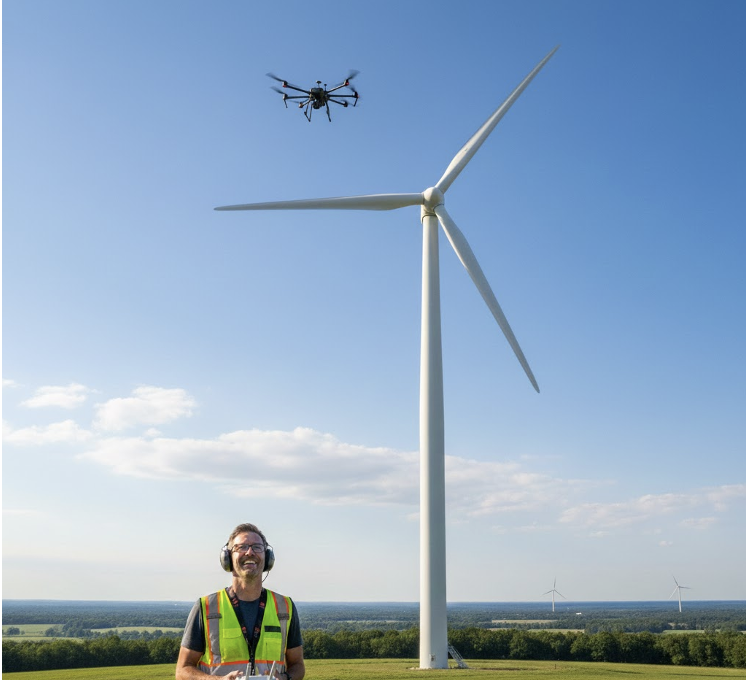
The additional 400-foot rule unlocks powerful operational capabilities across several industries.
Infrastructure Inspection
This rule is vital for inspecting tall vertical assets that exceed the standard 400-foot AGL limit. Operations include:
- Cellular Towers and Communication Masts: Allows comprehensive inspection of antennas and structural integrity hundreds of feet above the ground.
- Wind Turbines: Facilitates efficient and safe assessment of massive turbine blades for damage or fatigue.
- Bridges and Overpasses: Enables detailed inspection of the highest points, cables, and complex support structures of large suspension bridges.
- Skyscrapers and High-Rise Buildings: Makes exterior façade and roof condition assessments of buildings over 400 feet possible.
Construction Monitoring and Filming
The increased altitude provides better context and scale for various projects:
- Construction Progress Monitoring: Capture high-altitude oblique shots and comprehensive overhead views of high-rise developments or large industrial complexes.
- Real Estate and Media: Achieve unique aerial perspectives for high-rise commercial properties, hotels, landmarks, and expansive industrial facilities for marketing, documentaries, and commercials.
- Surveying and Mapping: While most mapping is low-altitude, higher data capture points can be beneficial for creating complex 3D models of tall vertical assets.
Pros and Cons of Utilizing This Rule
Employing this advanced capability requires a balanced assessment of its advantages and the accompanying risks.
|
Pros |
Cons |
|
Enhanced Data Collection: Acquiring comprehensive visual data on structures otherwise unreachable. |
Increased Risk of Airspace Conflicts: Higher altitudes increase the likelihood of encountering manned aircraft (helicopters, general aviation). |
|
Improved Safety: Drones offer a safer, more cost-effective alternative to helicopters or scaffolding for inspections. |
Greater Impact of Wind: Wind speeds increase with altitude, leading to more challenging operations, faster battery drain, and higher risk of loss of control. |
|
Wider Field of View: Provides a broader perspective ideal for overall site context and cinematic shots. |
Line-of-Sight Challenges (VLOS): More difficult to maintain visual line of sight at extreme altitudes or behind large structures. |
|
Increased Versatility: Allows pilots to offer a wider, more competitive range of services. |
Strict Adherence Required: Any momentary deviation from the 400-foot horizontal radius necessitates an immediate and often rapid descent. |
Why Judicious Use is Paramount

The "additional 400 feet" rule is a privilege, not a default. It must only be invoked when there is a clear, justifiable operational need.
- Airspace Safety is Paramount: The core reason for altitude limits is minimizing collision risk with manned aircraft. While drones typically operate in Class G (uncontrolled) airspace below 400 feet, flying higher brings you into the typical operational altitudes of helicopters and general aviation, even in uncontrolled areas. By limiting high flights to necessity, you significantly reduce exposure to greater airspace risks.
- Increased Complexity and Risk: Flying higher introduces stronger winds, colder temperatures, and VLOS challenges, all contributing to a more complex flight. Sound judgment dictates only accepting these added complexities when essential to the mission.
- Maintaining Public Trust: Unnecessary high-altitude flights, especially over urban areas, can generate unwanted attention and complaints. Responsible, judicious use of this rule helps maintain the public's acceptance of the drone industry.
Best Practices for High-Altitude Operations
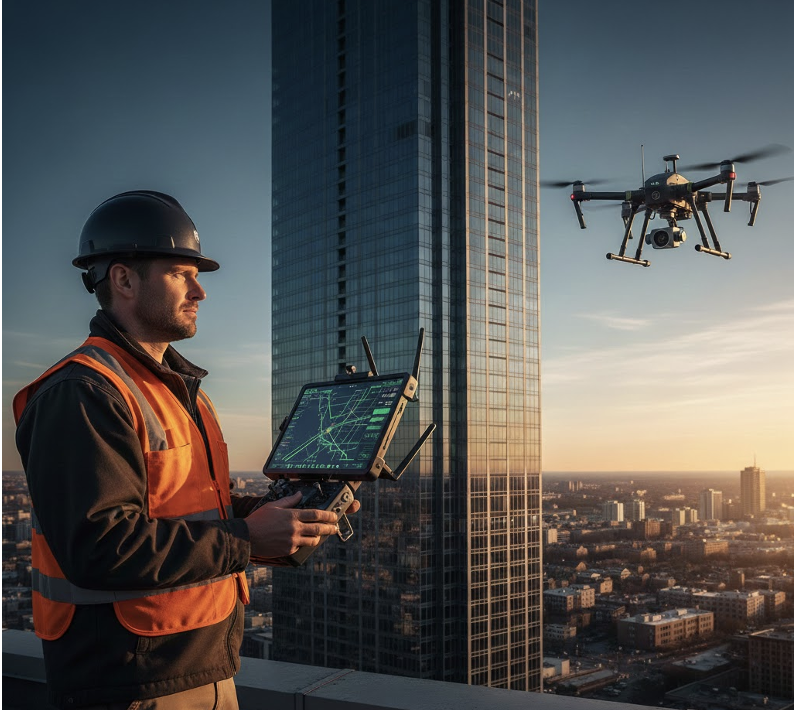
If your mission requires utilizing the 400-foot allowance, follow these best practices for a safe operation:
- Thorough Pre-Flight Planning: Accurately determine the structure's height and map out your 400-foot horizontal radius. Check LAANC tools like Air Control for TFRs and airspace activity.
- Weather Check: Pay close attention to wind forecasts at various altitudes for wind shear and turbulence.
- Vigilance for Manned Aircraft: Designate a Visual Observer (VO) whose sole job is to scan the sky. Communicate clearly and frequently.
- Emergency Plan: Have a clear, practiced plan for loss of GPS, flyaways, or battery critical warnings at high altitudes.
- Maintain VLOS: Ensure you can always see your drone with unaided vision. A VO is highly recommended.
- Practice: Prior to a mission, practice maintaining your position precisely within the 400-foot radius in a safe area.
Wrapping-Up
The "additional 400 feet above a structure" rule is a powerful provision under Part 107 that expands the operational envelope for commercial drone pilots. It enables safe, efficient inspections, and cinematic captures that would otherwise be impossible.
Remember, the right to fly higher comes with a greater responsibility. By demonstrating a full understanding of the rule, prioritizing safety through rigorous pre-flight planning, and using this capability only when genuinely needed, Part 107 pilots can successfully leverage this exception while upholding the highest standards of aviation safety. Just because you can fly higher doesn't always mean you should. Prioritize safety, always.

